Most B2B SaaS companies still operate like it's 2020. Everything changed: customer expectations, growth efficiency, and competitive dynamics have flipped.
Here’s what’s changed:
Net-New Growth is Slowing: Recent benchmarks show it’s not just a feeling—it's a trend. The 2024 SaaS Capital Performance Metrics Benchmark report notes a pivot from "growth at any cost" to "lower growth at reduced efficiency," with CAC Ratios, Payback Periods, and Net Revenue Retention all trending in the wrong direction. The biggest slowdowns? Private SaaS companies in the $10-$20M ARR range, where growth rates dropped sharply from 2022 to 2023.
Real-Time Expectations: Today’s customers don’t wait for a QBR. They expect immediate action when things go wrong—or when their needs change. When ignored, they escalate quickly. If your team is still relying on survey responses or notes from a quarterly meeting, you’ve already lost.
Lower Switching Costs/More Competition: SaaS is saturated. Data portability, budget flexibility, and competitive pricing mean your customers can and will leave. Loyalty isn't dead—it just has to be earned every day.
The old playbooks are outdated. In the past, churn was a problem you could try to fix before renewal. Now? It’s a daily risk.
📌 The solution isn’t more headcount (flesh) or more software (abstraction layers). It’s visibility and intelligence/insights. Business need knowledge that uncovers what customers are actually saying—across every channel/silo—and turns it into action before the renewal is at risk.
The playbook is changing fast. AI is raising the bar by transforming how teams detect realtime revenue threats, identify cross-sell opportunities, and respond to customer signals/behaviors beyond just login/usage data, opinions, and surveys. The delta between AI-powered companies and everyone else is widening very fast.
SaaS teams that win in 2025 will focus on minding GRR and stop reacting to churn—and start preventing it.
.png)
.png)

.png)
.png)

